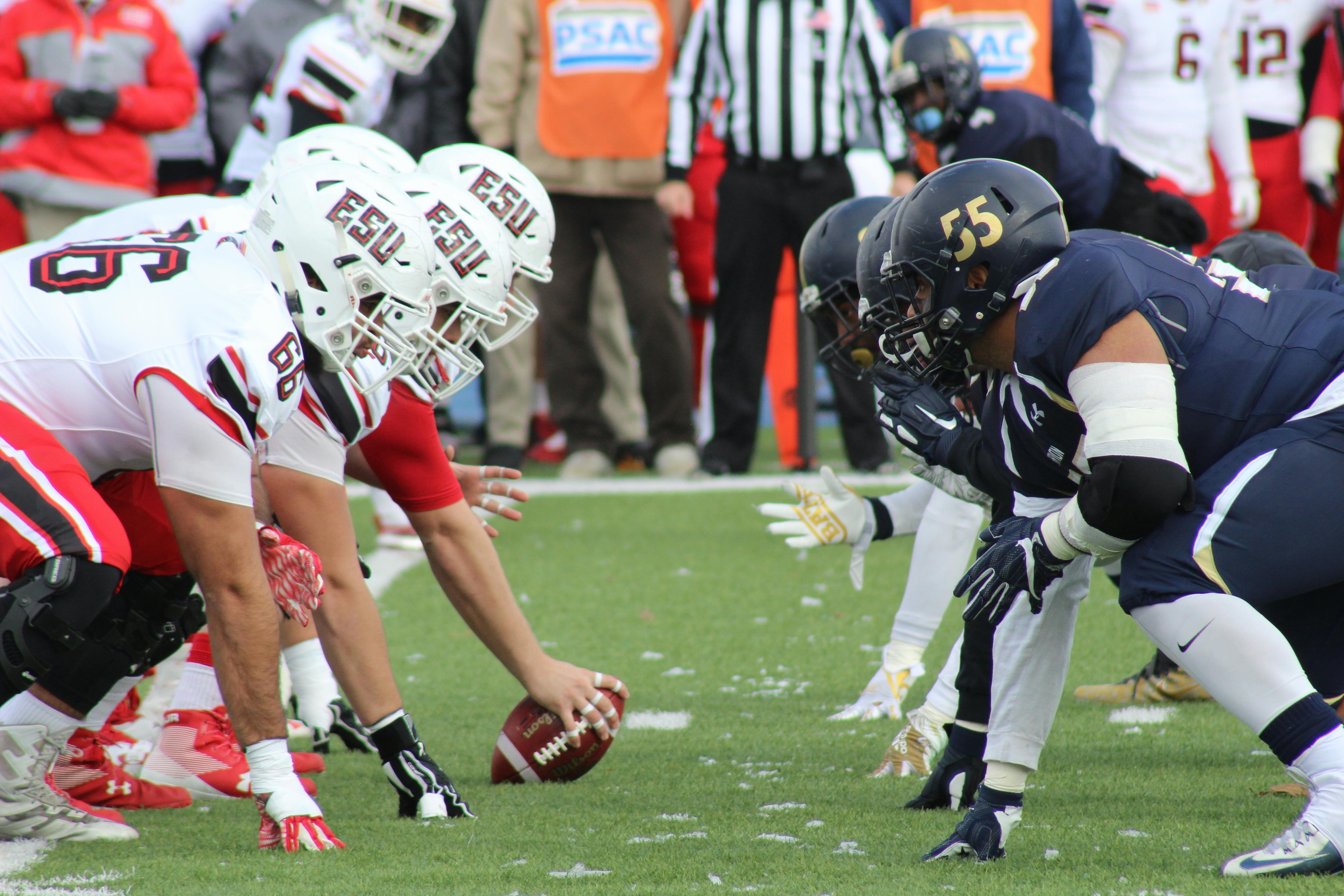Some awesome functions in Kotlin Map
Map
Maps are extremely useful programming tools, and there are numerous ways to construct them. Let’s recap what we learned in List.
data class Person(val name: String, val age: Int)
val names = listOf("Alice", "Bob", "Charles")
val ages = listOf(10, 10, 20)
fun people(): List<Person> =
names.zip(ages) { name, age ->
Person(name, age)
}
Filter or Group By
Based on the previous, what if you want to find out all the persons who are 10 years old? You may tempt to use filter() to do this.
people().filter { it.age == 10 }
You can also do this by using groupBy().
val map = people().groupBy(Person::age)
// map[10]
Which one is preferred? I think groupBy() might be a better candidate as you only have to write only once. With filter(), you might have to write another filter if you want to find people who are 20 years old, for example.
If you only need two groups, then partition() function is more direct because it divides the contents into two lists based on the predicate. groupBy() is appropriate when you need more than two resulting groups.
AssociateWith or AssociateBy
associateWith() allows to take a list of keys and build a Map by associating each of these keys with a value created by its parameter.
Example:
val result: Map<Person, String>
= people().associateWith { it.name }
/* result will be
mapOf(
Person("Alice", 10) to "Alice",
Person("Bob", 10) to "Bob",
Person("Charles", 20) to "Charles"
)
*/
associateBy is the reverse of associateWith.
val result: Map<Person, String>
= people().associateBy { it.name }
/* result will be
mapOf(
"Alice" to Person("Alice", 10),
"Bob" to Person("Bob", 10),
"Charles" to Person("Charles", 20)
)
*/
